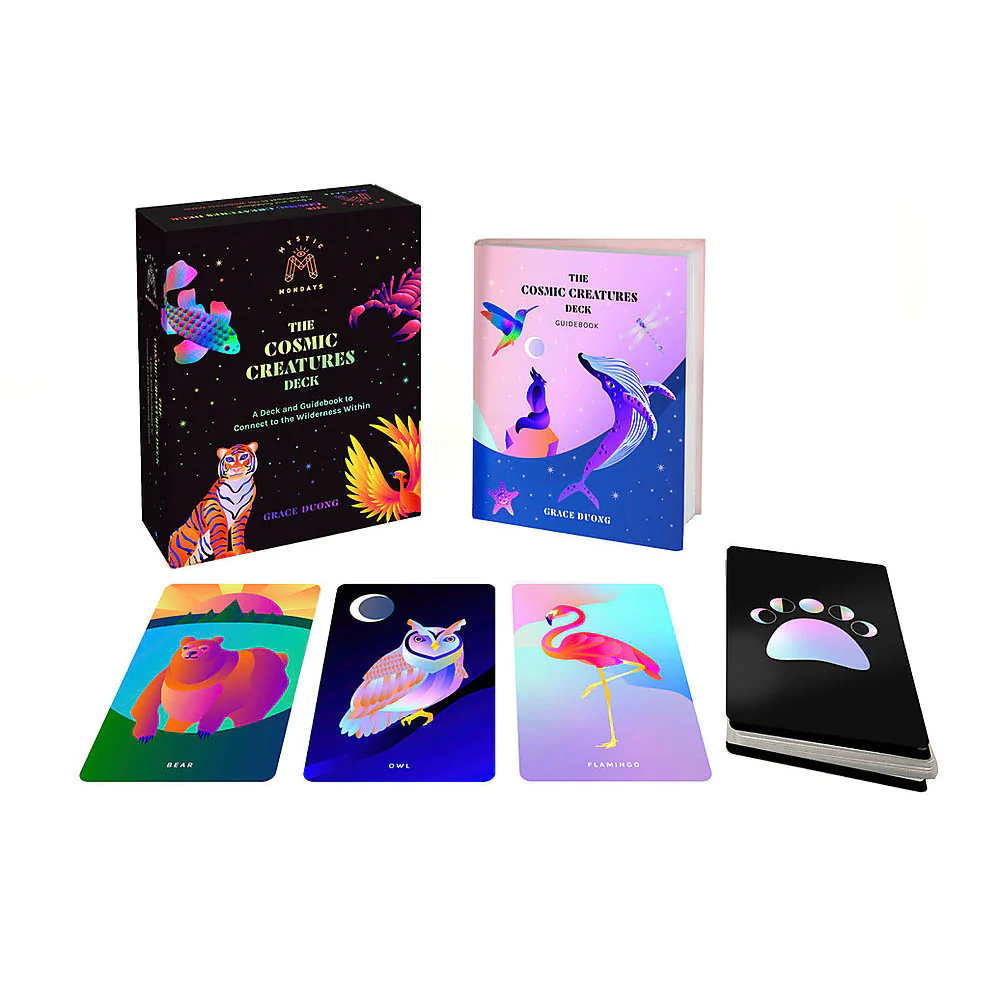With the holiday season and especially Halloween on its way, isn't it time for us to indulge in a little mystery? Since the mid-14th century, tarot cards have been a constant companion during the magical times of the year. Centuries later, standing in the 21st century, these decks of cards still prove to be a promising source of mystical vibe. However, while many believe that tarot cards are just another card game, a handful associates it with astronomy and earthly elements. Hence, this article is devoted to the history and evolution of tarot cards.
In the beginning
Tarot cards are any stack of cards used for tarot games and fortune telling. These made their debut back in the 1430s, Italy, as an extraordinary illustrated card suit. It comprised 21 graphic cards called the trionfi or triumph and a single odd card deemed as il matto or the fool. These unique sets were an addition to the four-suited pack.
Initially, the cards came with Italian suit marks representing the era of experimentation with card designs. This was mainly seen in the case of court cards which previously comprised a king and two male figures. As time passed, the illustrations of queens started to make their way into the deck.
In the case of the trionfi, each card depicted a unique allegorical illustration. These were often inspired by characters from Roman triumphal processions that were re-enacted during medieval times.
Venetian inspirations
The Venetian or Piedmontese tarot inspires the modern set of tarot cards. It comprises a total of 78 cards which are segregated into two groups. First is the major arcana group with 22 numbered cards called the trumps. The order in which these trumps are spread out is juggler or magician, papers or female pope, empress, pope, lovers, chariot, justice, hermit, wheel of fortune, strength or fortitude, hanged man, death, temperance, devil, lightning-struck tower, star, moon, sun, last judgment, universe or world, and lastly, the fool.
On the other hand, the minor group or arcana consists of 56 cards. These come in 4 suits comprising 14 cards each. These include cups (hearts); swords (spades); wands or rods or batons (clubs), coins, pentacles, or disks (diamonds).
French origins
In the 1780s, people started using tarot cards to tell fortunes and for occult purposes. These practices made their debut in France, where each illustrated card was assigned a specific meaning. The 22 major arcana cards were associated with matters of spirituality. Similarly, those belonging to the minor arcana were affiliated with aspects such as business, career, and others. Here, cups meant love, swords meant some or the other sort of conflict, and coins were believed to indicate monetary and material comfort.
At first, the questionnaire is made to shuffle the stack of tarot cards. These are laid in front of the fortune teller in a unique sequence referred to as the "spread." In some cases, the questioner has to select a few cards randomly; in others, they must pick off the top of the newly shuffled stack. The fortune teller then explains the meaning of the cards picked based on their alignment. Sometimes, the sense of each card chosen often tends to shift based on what the adjacent card is.
Conclusion
Since the 17th century, tarot cards have been a popular card game in most parts of the world, including Australia, the US, Great Britain, New Zealand, and Canada. Even today, it continues to maintain its appeal. Just pick a deck that you find appealing and start shuffling.
Visit our online store karma living and choose from a wide range of tarot cards at reasonable prices.


No comments yet